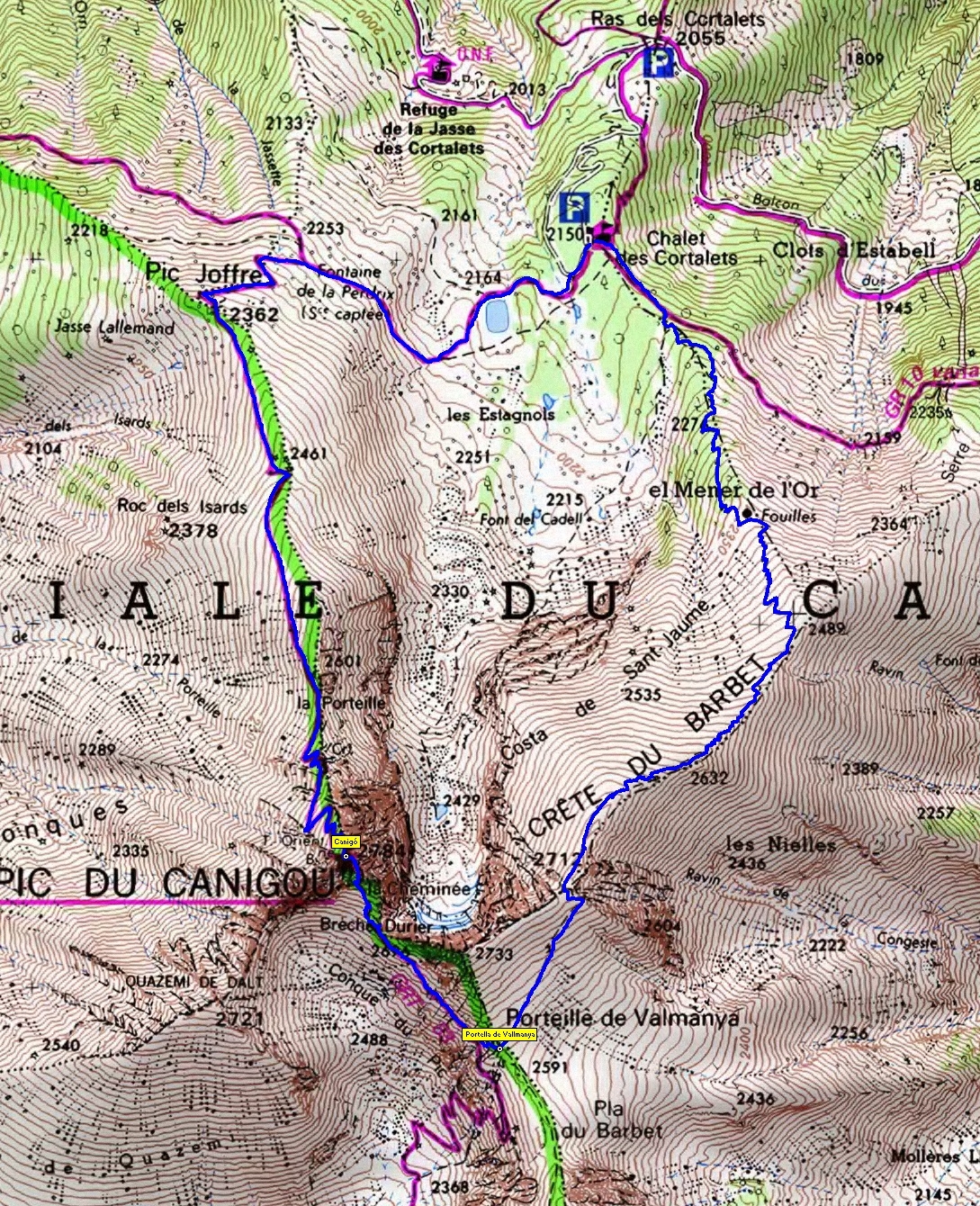
This definition does not include grass fires. Bushfires are destructive fires that spread via trees and forest.Extreme wind is high-wind conditions that may exceed a building’s design specifications (due to projected changes in sea surface temperature, wind regimes and wind speeds).Under a high emissions scenario, this data assumes sea level rise of 1.5 m by 2100. This definition does not include coastal erosion. Coastal inundation is when seawater temporarily or permanently floods an area due to a combination of sea level rise, high tides, wind, low air pressure and/or waves.Riverine flooding is when a river exceeds its capacity, inundating nearby areas.Definitions for each of these hazards are provided below: The map covers five different climate change exacerbated hazards: riverine flooding, surface water flooding, coastal inundation, bushfires and extreme wind. It corresponds with a likely temperature range of around 4.4✬ by 2100. High: This scenario shows extreme weather impacts in a high emissions scenario, in which the world fails categorically to address the climate crisis. Medium: This scenario shows extreme weather impacts under a scenario in which all countries implement their existing emission reduction policies, leading to a likely global average temperature rise of around 2.7✬ by 2100. (The available data did not allow us to model a scenario that sees the global average temperature rise limited to 1.5✬.) This scenario would likely limit the global average temperature rise to around 1.8✬ in 2100. Low: This scenario shows extreme weather impacts under a scenario where global emissions are significantly reduced. The low, medium and high scenarios correspond with RCP 2.6, 4.5 and 8.5 respectively. These scenarios are based on ‘Representative Concentration Pathways’ or ‘RCPs’ used by the Intergovernmental Panel on Climate Change. The map allows you to explore extreme weather impacts under three different emissions scenarios. What do the different emissions scenarios mean? These properties are at risk of being underinsured. Medium risk properties have annual damage costs equivalent to 0.2-1% of the property replacement cost. These properties are effectively uninsurable, as – whilst policies might still be offered by some insurance companies – insurance premiums are expected to become too expensive for people to afford, making insurance inaccessible. High risk homes have annual damage costs from climate change and extreme weather equivalent to 1% or more of the property’s replacement cost. FAQs – Your Questions Answered *What is a medium or high-risk home?

#Canigo mapa professional
Important notice: The information on this page is intended as a general guide only and should not be taken as constituting professional advice. Scroll down and toggle between low, medium and high emissions scenarios, as well as different timeframes, geographies and hazards to understand how climate action, or lack thereof, will impact the number of homes in your community at risk of climate impacts.Ĭlimate change impact analysis is supplied by Climate Valuation.Click on your suburb, or surrounding suburbs, to see how they will be impacted by climate change and the number of properties at risk in your area.Enter your suburb or postcode into the search bar in the top right corner of the map.This map allows you to view the percentage of properties in your suburb, Local Government Area, or Federal Electorate, which are at medium to high risk* from climate impacts. Enter your suburb or postcode in the search bar in the top right corner of the map belowto understand risks in your area. The Climate Council’s Climate Risk Map of Australia is an interactive map of climate vulnerable places in Australia.


 0 kommentar(er)
0 kommentar(er)
